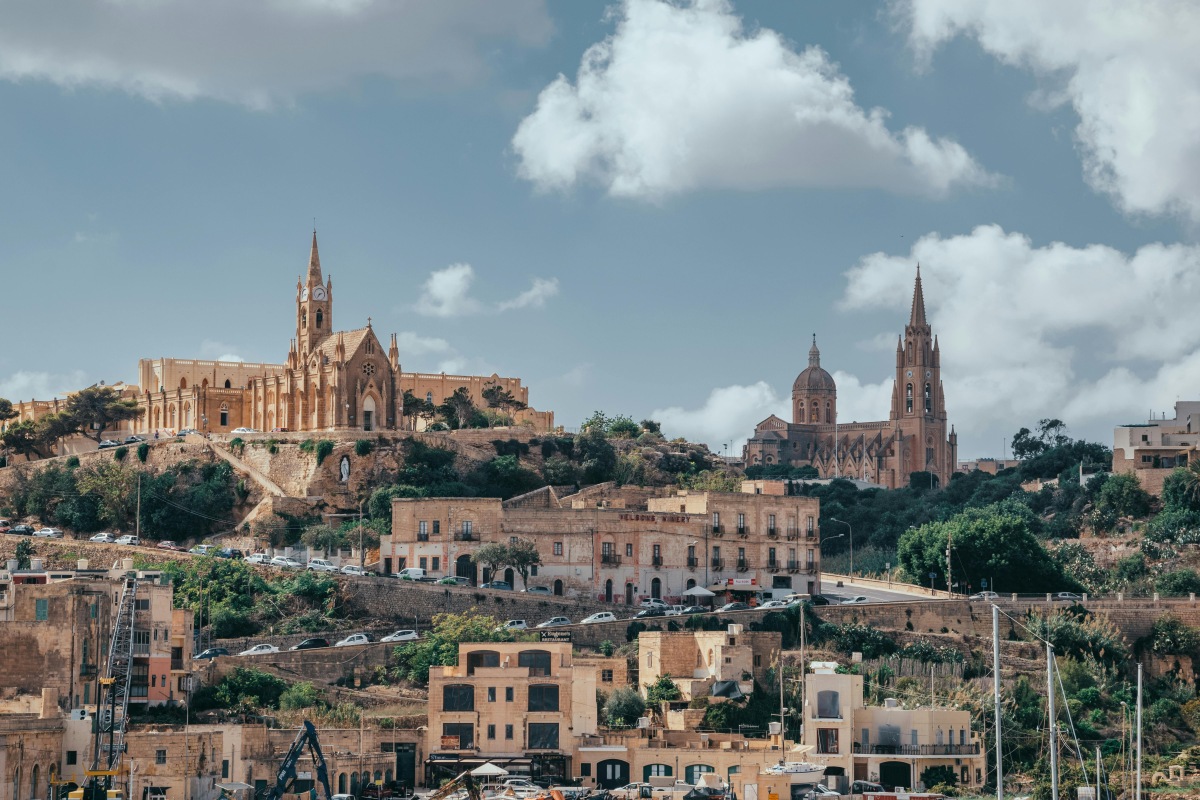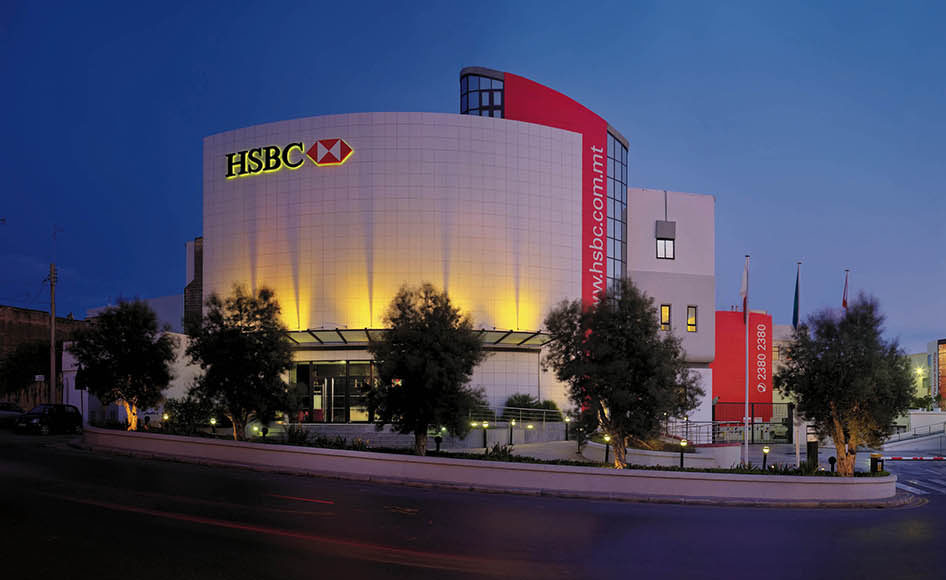The Gozo Tourism Authority (GTA) “does not want Gozo to become another smaller Malta,” arguing that planning and environmental policies designed for Malta cannot simply be replicated in Gozo.
Instead, the island requires tailored policies developed in consultation with local stakeholders and authorities, to preserve its village identity and natural assets, GTA said.
On Thursday (today), the Gozo Tourism Association (GTA) announced its proposals for the upcoming Government budget for the year 2026, subdivided into separate categories.
It underlined that Gozo’s environment and distinct character are central to its tourism appeal, warning that it should remain “an island of villages.”
While backing investment in sustainable infrastructure, the GTA cautioned against repeating past planning mistakes that have damaged Malta’s environment. It called for a careful balance between protecting natural resources and enabling the tourism industry to upgrade its offer.
The GTA also highlighted that environmental protection must go beyond land use, extending to coastal waters and marine life, which form a vital part of Gozo’s tourism product.
Ultimately, the association emphasised that a clean, well-maintained, and protected environment not only sustains the island’s attractiveness for visitors but also ensures Gozo remains a place where its community can live, work and prosper.
It suggested the following measures to be implemented:
- Create Gozo-specific regional plans and policies to preserve its character as an island of villages.
- Establish a dedicated planning authority or stronger regional autonomy to enforce tailored development and environmental rules.
- Maintain and extend property incentives for restoring traditional, post-war, and UCA properties, ensuring integrity and respect for village skylines.
- Introduce fiscal incentives to restore and convert traditional buildings into homes or boutique hotels.
- Designate and enforce a marine reserve around Gozo, modeled on the Cirkewwa example.
Connectivity
Inter-island connectivity between Gozo and Malta has advanced considerably over the past 35 years, with new ferries, upgraded terminals and the fast ferry service, which carried 6.8 million passengers in 2024.
Yet, Gozo’s social and economic well-being still depends on reliable links to the mainland, requiring a holistic, long-term strategy beyond partisan politics. GTA stressed the need for sustained investment to ensure accessibility, sustainability and resilience.
On connectivity, the GTA emphasised that “such a lifeline for the island region of Gozo cannot be addressed in a piecemeal manner, nor turned into political football,” noting that the island’s social and economic well-being depends entirely on reliable links.
Proposed measures include:
- Retaining and improving the fast ferry service, with upgraded commuter facilities.
- Commissioning an electric, wheelchair-accessible ferry to replace M/S Nikolaus.
- Developing a rural airfield to establish a fixed-wing airlink.
- Upgrading Mġarr harbour, Ċirkewwa South quay, and cruise berthing facilities.
- Identifying an alternative port and improving landing sites at Xlendi, Marsalforn, Ix-Xatt l-Aħmar, and Hondoq.
- Introducing integrated digital ticketing across transport and attractions.
The touristic offer
Envision 2050, the national strategic blueprint designed to shape the country’s development over the next 25 years, sets a clear direction: tourism in the Maltese Islands must shift from a model based on quantity to one based on quality.
According to GTA, the island’s distinctiveness, rooted in its cultural heritage and natural resources, provides the foundation for establishing the island as a quality destination.
However, these strengths must be safeguarded and enhanced. GTA, reflecting feedback from its members, has long highlighted shortcomings that undermine Gozo’s image: poor cleanliness, lack of upkeep, unfinished projects and weak maintenance of tourism infrastructure.
While major projects such as new road networks, the Gozo Sports Pavilion, the Gozo Museum and the Ta’ Xhajma park-and-ride are commendable, they must be complemented by sustained investment in the island’s overall touristic product.
The GTA stressed that a true shift toward quality tourism requires both Government and private operators to act.
Proposed measures include:
- Ringfencing ECO contributions from accommodation establishments for product upgrades (diving facilities, climbing zones, kitesurfing, signage, trails).
- Investing in a hyperbaric oxygen therapy chamber at Gozo General Hospital.
- Guaranteeing shoreline access for diving on Gozo’s north and northwest coasts.
- Establishing a marine park to attract divers, with technical and financial support.
- Allocating funds to implement the Diving Strategy for the Maltese Islands.
- Reducing VAT on cultural and entertainment admissions from 18 to 7 per cent.
- Introducing initiatives to preserve and promote cultural and heritage sites, including partnerships with international heritage organisations.
- Fast-tracking amendments to the Tourism Act (1999) to reflect current realities.
- Launching grant schemes for operators to modernise artisan workshops, culinary demonstrations, e-bike heritage routes, and agri-tourism.
- Amending the summer construction break directive to prohibit excavation and demolition within 50m of MTA-licensed premises, applied across all of Gozo.
Promoting the destination
Over the past 25 years, Gozo has developed into a year-round destination, attracting both international visitors and strong domestic demand from Malta.
GTA stressed the need to build on this momentum by focusing on Gozo’s unique selling points – nature, wellness, gastronomy, sports, diving, and culture — which can all be enjoyed throughout the year.
The GTA collaborates closely with the Ministry for Gozo and the Malta Tourism Authority on marketing initiatives, including participation in major European tourism fairs and hosting international events such as Pop in the City.
Proposed measures include:
- Establishing a joint marketing and incentive fund to attract cruise ships in the low season.
- Expanding promotion in niche fairs for sports, weddings, and gastronomy.
- Supporting accommodation providers to gain sustainability labels.
- Incentivising user-friendly, multilingual websites with online booking tools.
- Encouraging new niches such as adventure, walking, digital nomads, and wellbeing.
The human capital
Gozo currently meets guest expectations, with MTA surveys showing that 38 to 40 per cent of visitors are repeat guests.
Tourism and related services account for over 10 per cent of employment on the island, yet sustaining high standards requires stronger support for training, recruitment and staff retention.
A shortage of local workers, competition from public sector jobs and reliance on foreign employees have created challenges ranging from staff integration to the loss of local authenticity.
GTA stressed the need for targeted measures to ensure service quality, attract Gozitans to the sector and retain skilled foreign staff.
Proposed measures include:
- Tax credits or grants tied to 12 months’ employment in tourism.
- Grants for local students working weekends and holidays in tourism.
- Language, culture and regulation courses for foreign staff.
- Training schemes for upskilling across tourism needs.
- Amending legislation for smoother foreign worker retention.
- NI contribution credits during winter months.
- Developing the ITS Gozo Campus into a specialised tourism institute.
- Addressing public-private competition for workers by encouraging flexible hours in the private sector.
In conclusion, GTA said that the global tourism sector is still recovering to pre-COVID levels, but instability caused by the war in Ukraine, the Middle East conflict trade tensions and rising inflation continues to create uncertainty for the industry.
Gozo’s tourism sector faces its own challenges. While national and regional strategies emphasise developing Gozo as a distinct destination built around niche markets and unique selling points, the GTA warns that overdevelopment, often for residential rather than touristic purposes, is undermining the very character and values on which Gozo’s tourism appeal has long been built.
GTA stressed that its Budget 2026 proposals are designed to streamline, sustain, and consolidate the sector. These measures, shaped through ongoing consultation with operators are essential to safeguard both stakeholder interests and the long-term sustainability of tourism.
Hotels lobby sounds the alarm over effects of drug use on workplace safety
Reform advocate’s mention of 60,000 cannabis users raises concerns among hospitality employers: ‘It’s a worrying figure’
Apple rumoured to increase prices for iPhone 17: Here’s what we know and don’t
But behind the buzz of hardware upgrades lies the anticipated question: how much will these new devices cost?
Malta ranks second in EU for foreign student attraction, but faces a wage reality check
Sunny days, English instruction and safety are Malta's pull factors, but one condition may push students away






